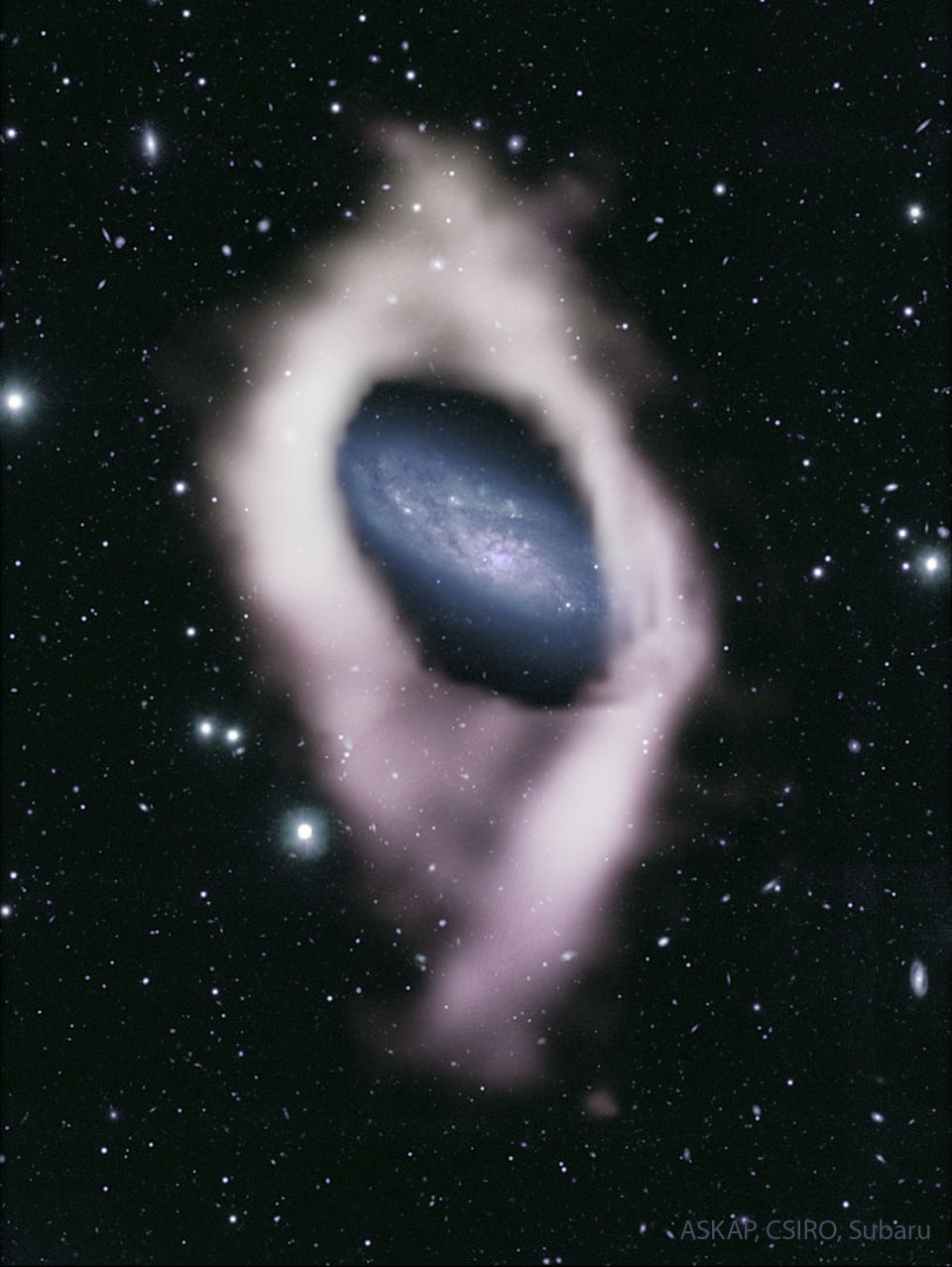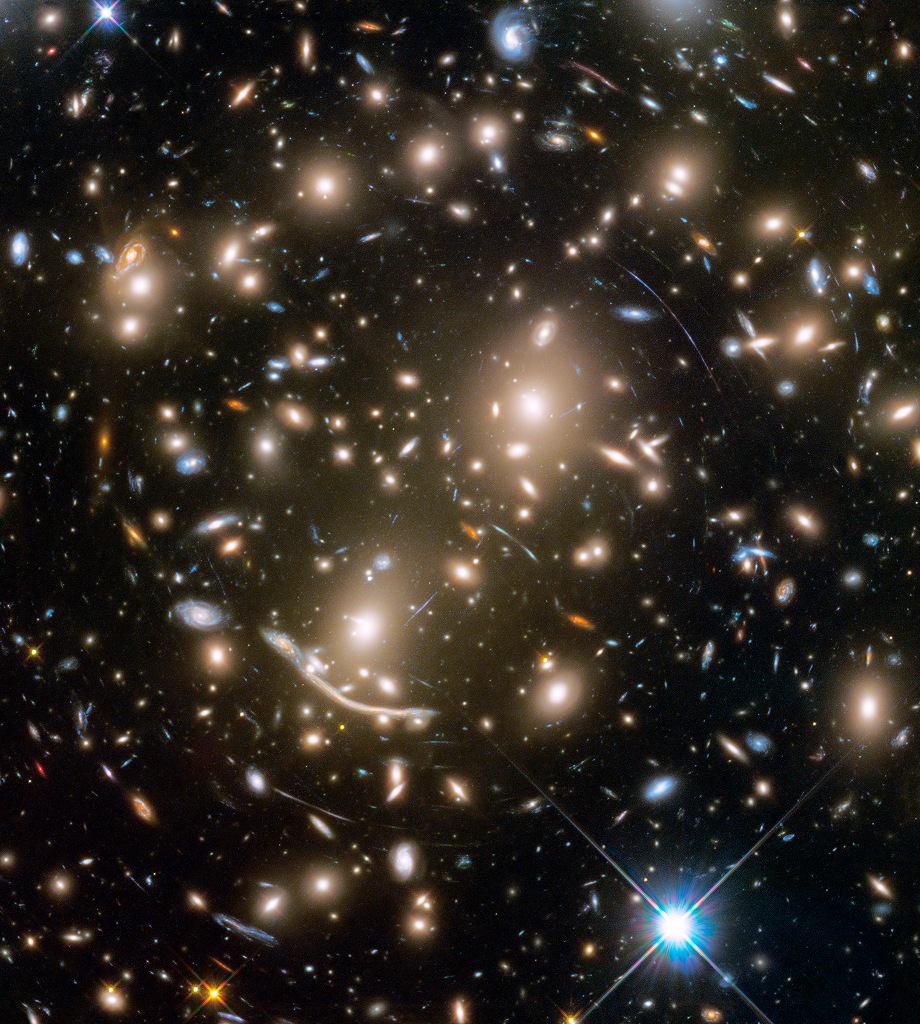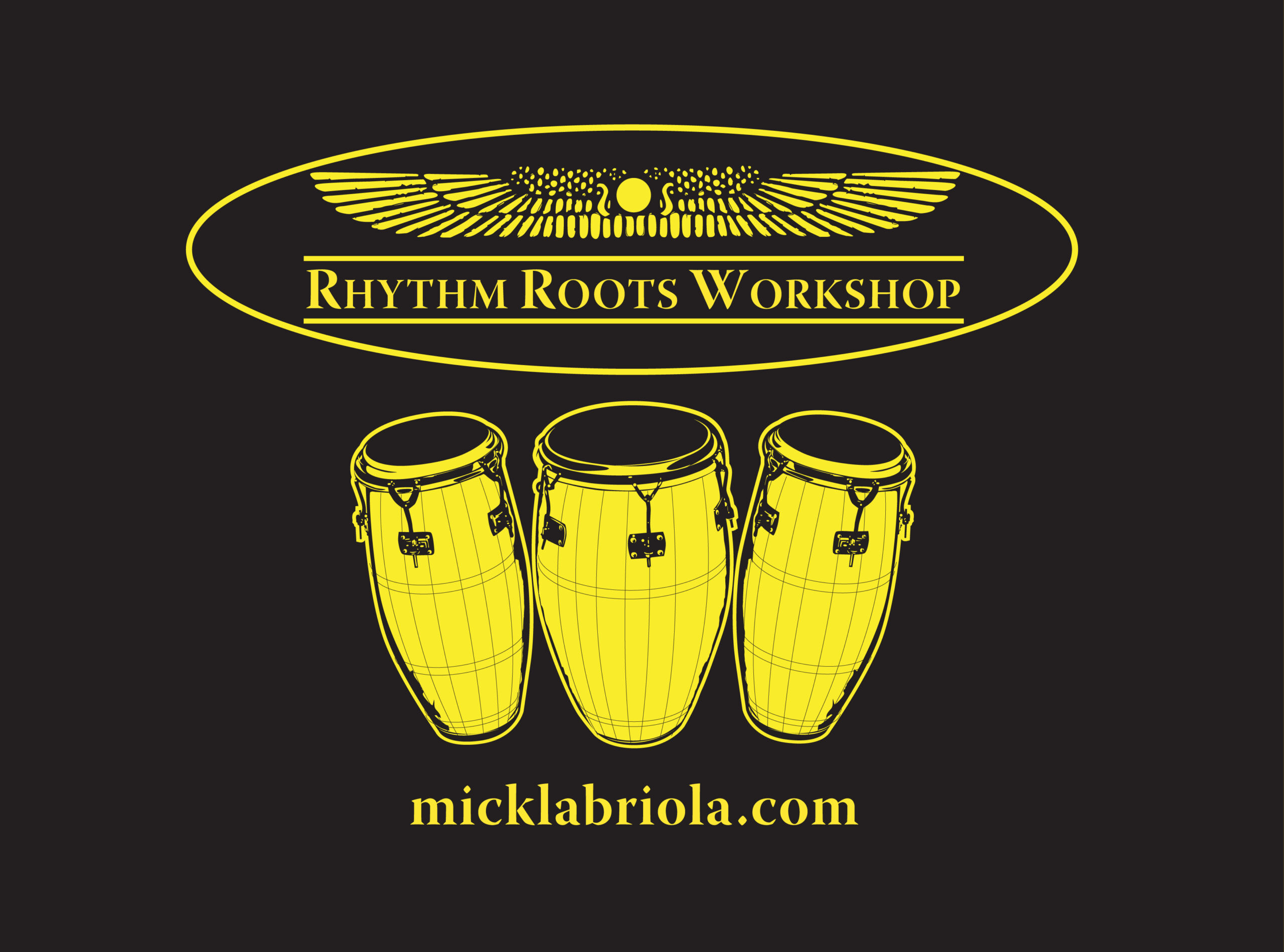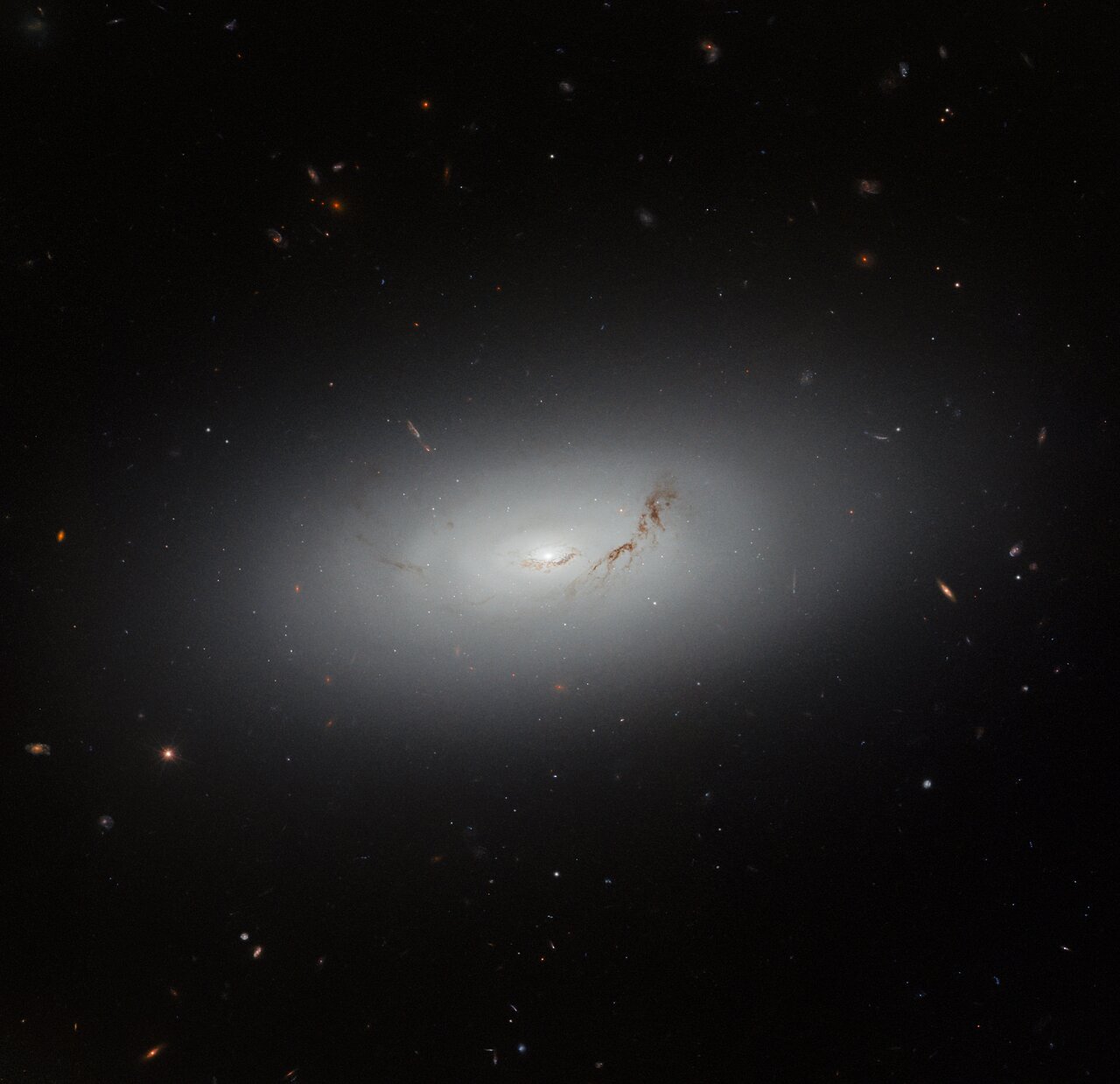Blog
Israel López Valdés (September 14, 1918 – March 22, 2008), better known as Cachao (/kəˈtʃaʊ/ kə-CHOW), was a Cuban double bassist and composer. Cachao is widely known as the co-creator of the mambo and a master of the descarga (improvised jam sessions). Throughout his career he also performed and recorded in a variety of music styles ranging from classical music to salsa. An exile in the United States since the 1960s, he only achieved international fame following a career revival in the 1990s.
Born into a family of musicians in Havana, Cachao and his older brother Orestes were the driving force behind one of Cuba’s most prolific charangas, Arcaño y sus Maravillas. As members of the Maravillas, Cachao and Orestes pioneered a new form of ballroom music derived from the danzón, the danzón-mambo, which subsequently developed into an international genre, mambo. In the 1950s, Cachao became famous for popularizing improvised jam sessions known as descargas. He emigrated to Spain in 1962, and moved to the United States in 1963, starting a career as a session and live musician for a variety of bands in New Yorkduring the rise of boogaloo, and later, salsa.
In the 1970s, Cachao fell into obscurity after moving to Las Vegas and later Miami, releasing albums sporadically as a leader. In the 1990s, he was re-discovered by actor Andy García, who brought him back to the forefront of the Latin music scene with the release of a documentary and several albums. Before his death in 2008, Cachao had earned a star on the Hollywood Walk of Fame and several Grammy Awards. He is ranked number 24 on Bass Player magazine’s list of “The 100 Greatest Bass Players of All Time”.
more...Galaxy NGC 4632 hides a secret from optical telescopes. It is surrounded by a ring of cool hydrogen gas orbiting at 90 degrees to its spiral disk. Such polar ring galaxies have previously been discovered using starlight. However, NGC 4632 is among the first in which a radio telescope survey revealed a polar ring. The featured composite image combines this gas ring, observed with the highly sensitive ASKAP telescope, with optical data from the Subaru telescope. Using virtual reality, astronomers separated out the gas in the main disk of the galaxy from the ring, and the subtle color gradient traces its orbital motion. Why do polar rings exist? They could be material pulled from one galaxy as it gravitationally interacts with a companion. Or hydrogen gas flows along the filaments of the cosmic web and accretes into a ring around a galaxy, some of which gravitationally contracts into stars.

Vincent Samson Appice (born September 13, 1957) is an American rock and metal drummer best known for his work with the bands Dio, Black Sabbath, and Heaven & Hell. Of Italian descent, he is the younger brother of drummer Carmine Appice.
Appice took up the drums at the age of nine, taking lessons from the same teacher as his brother Carmine Appice. When he was sixteen, Appice and his band BOMF met John Lennon at Record Plant Studios. Lennon took a liking to the group and used them as a backing band in several performances, including the final one before his death. He moved on to record with Rick Derringer on Derringer (1976), Sweet Evil(1977), and Derringer Live (1977), before forming his own band Axis and recording It’s A Circus World(1978).
more...Tony Russell “Charles” Brown (September 13, 1922 – January 21, 1999) was an American singer and pianist whose soft-toned, slow-paced nightclub style influenced West Coast blues in the 1940s and 1950s. Between 1949 and 1952, Brown had seven Top 10 hits in the U.S. Billboard R&B chart. His best-selling recordings included “Driftin’ Blues” and “Merry Christmas Baby“. Brown was born in Texas City, Texas. As a child he loved music and received classical music training on the piano.
more...Leon Brown “Chu” Berry (September 13, 1908 – October 30, 1941) was an American jazz tenor saxophonist during the 1930s. He is perhaps best known for his time as a member of singer Cab Calloway‘s big band.
According to music critic Gary Giddins, musicians called him “Chu” either because he chewed on the mouthpiece of his saxophone or because he had a Fu Manchu mustache.
Berry was born in Wheeling, West Virginia, to father Brown Berry and mother Maggie Glasgow Berry.He graduated from Lincoln High School, in Wheeling, then attended West Virginia State College for three years.
more...Melvin Howard Tormé (September 13, 1925 – June 5, 1999), nicknamed “The Velvet Fog“, was an American musician, singer, composer, arranger, drummer, actor, and author. He composed the music for “The Christmas Song” (“Chestnuts Roasting on an Open Fire”) and co-wrote the lyrics with Bob Wells. Tormé won 2 Grammy Awards and was nominated a total of 14 times.
Melvin Howard Tormé was born in Chicago, Illinois, to William David Tormé, a Jewish immigrant from Poland, and Betty Tormé (née Sopkin), a New York City native. He graduated from Hyde Park High School. A child prodigy, he first performed professionally at age four with the Coon-Sanders Orchestra, singing “You’re Driving Me Crazy” at Chicago’s Blackhawk restaurant.
more...Some 4 billion light-years away, massive galaxy cluster Abell 370 is captured in this sharp Hubble Space Telescope snapshot. The cluster of galaxies only appears to be dominated by two giant elliptical galaxies and infested with faint arcs. In reality, the fainter, scattered bluish arcs, along with the dramatic dragon arc below and left of center, are images of galaxies that lie far beyond Abell 370. About twice as distant, their otherwise undetected light is magnified and distorted by the cluster’s enormous gravitational mass, overwhelmingly dominated by unseen dark matter. Providing a tantalizing glimpse of galaxies in the early universe, the effect is known as gravitational lensing. A consequence of warped spacetime, lensing was predicted by Einstein almost a century ago. Far beyond the spiky foreground Milky Way star at lower right, Abell 370 is seen toward the constellation Cetus, the Sea Monster. It was the last of six galaxy clusters imaged in the Frontier Fields project.

Neil Ellwood Peart OC (/pɪərt/; September 12, 1952 – January 7, 2020) was a Canadian and American musician, best known as the drummer and primary lyricist of the rock band Rush. Peart earned numerous awards for his musical performances, including an induction into the Modern Drummer Readers Poll Hall of Fame in 1983 at the age of thirty, making him the youngest person ever so honoured. He was known to fans by the nickname ‘The Professor’. His drumming was renowned for its technical proficiency and his live performances for their exacting nature and stamina.
Peart was born in Hamilton, Ontario, and grew up in Port Dalhousie (now part of St. Catharines). During adolescence, he floated between regional bands in pursuit of a career as a full-time drummer. After a discouraging stint in England, Peart returned home to concentrate on music where he joined Rush, a Toronto band, in mid-1974, six years after its formation. Together they released nineteen studio albums, with ten exceeding a million copies sold in the United States. Billboard lists the band third in “most consecutive gold or platinum albums by a rock band”.
Early in his career, Peart’s performance style was deeply rooted in hard rock. He drew most of his inspiration from drummers such as Keith Moon, Ginger Baker, and John Bonham, players who at the time were at the forefront of the British hard rock scene. As time passed, he began to emulate jazz and big band musicians Gene Krupa and Buddy Rich. In 1994, Peart became a friend and pupil of jazz instructor Freddie Gruber. It was during this time that Peart revamped his playing style by incorporating jazz and swing components.
In addition to serving as Rush’s primary lyricist, Peart published several memoirs about his travels. His lyrics for Rush addressed universal themes and diverse subjects including science fiction, fantasy, and philosophy, as well as secular, humanitarian, and libertarian themes. Peart wrote a total of seven nonfiction books focused on his travels and personal stories. He also coauthored with Kevin J. Anderson three steampunk fantasy novels based on Rush’s final album, Clockwork Angels. The two also wrote a dark fantasy novella, Drumbeats, inspired by Peart’s travels in Africa.
Peart announced his retirement from touring in an interview with Drumhead Magazine in December 2015. In January 2018, bandmate Alex Lifeson confirmed that Rush had disbanded also due to Peart’s health issues. During his last years Peart lived in Santa Monica, California, with his wife, Carrie Nuttall, and daughter. After a three and a half year illness, Peart died of glioblastoma on January 7, 2020, at age 67.
more...Maria Muldaur (born Maria Grazia Rosa Domenica D’Amato; September 12, 1942) is an American folk and blues singer who was part of the American folk music revival in the early 1960s. She recorded the 1973 hit song “Midnight at the Oasis” and has recorded albums in the folk, blues, early jazz, gospel, country, and R&B traditions.
She was the wife of musician Geoff Muldaur and is the mother of singer-songwriter Jenni Muldaur.
Muldaur was born in Greenwich Village, New York City, where she attended Hunter College High School.
Muldaur cites as early musical influences classic country music by Kitty Wells, Hank Williams, Hank Snow, Hank Thompson, Ernest Tubb, and Bob Wills and the Texas Playboys; early rhythm and blues artists like Chuck Willis, Little Richard, Ruth Brown, Fats Domino, and Muddy Waters; Alan Freed “rock ‘n’ roll” shows; and doo-wop groups such as The Platters and The Five Satins.
more...
William Alonzo “Cat” Anderson (September 12, 1916 – April 29, 1981) was an American jazz trumpeter known for his long period as a member of Duke Ellington‘s orchestra and for his wide range, especially his ability to play in the altissimo register.
Born in Greenville, South Carolina, Anderson lost both parents when he was four years old, and was sent to live at the Jenkins Orphanage in Charleston, where he learned to play trumpet. Classmates gave him the nickname “Cat” (which he used all his life) based on his fighting style.
more...Teaching a Rhythm Roots Workshop Residency at two locations; St Therese New Hope and Oxbow Lake Senior Living (https://www.sainttherese.org/) on Mondays 10am & 1230pm September 11th thru November 6th 2023. Celebrating world rhythms and cultures for healing and memory care.

This dream-like Picture of the Week features the galaxy known as NGC 3156. It is a lenticular galaxy, meaning that it falls somewhere between an elliptical and a spiral galaxy. It lies about 73 million light-years from Earth, in the minor equatorial constellation Sextans.
Sextans is a small constellation that belongs to the Hercules family of constellations. It itself is a constellation with an astronomical theme, being named for the instrument known as the sextant. Sextants are often thought of as navigational instruments that were invented in the 18th century. However, the sextant as an astronomical tool has been around for much longer than that: Islamic scholars developed astronomical sextants many hundreds of years earlier in order to measure angles in the sky. A particularly striking example is the enormous sextant with a radius of 36 metres that was developed by Ulugh Beg of the Timurid dynasty in the fifteenth century, located in Samarkand in present-day Uzbekistan. These early sextants may have been a development of the quadrant, a measuring device proposed by Ptolemy. A sextant, as the name suggests, is shaped like one-sixth of a circle, approximately the shape of the constellation.
Sextants are no longer in use in modern astronomy, having been replaced by instruments that are capable of measuring the positions of stars and astronomical objects much more accurately and precisely. NGC 3156 has been studied in many ways other than determining its precise position — from its cohort of globular clusters, to its relatively recent star formation, to the stars that are being destroyed by the supermassive black hole at its centre.
[Image Description: A large elliptical galaxy. It appears to be formed of faint, grey, concentric ovals that grow progressively brighter towards the core, where there is a very bright point, and fade away at the edge. Two threads of dark red dust cross the galaxy’s disc, near the centre. The background is black and mostly empty, with only a few point stars and small galaxies.]

This dream-like Picture of the Week features the galaxy known as NGC 3156. It is a lenticular galaxy, meaning that it falls somewhere between an elliptical and a spiral galaxy. It lies about 73 million light-years from Earth, in the minor equatorial constellation Sextans.
Sextans is a small constellation that belongs to the Hercules family of constellations. It itself is a constellation with an astronomical theme, being named for the instrument known as the sextant. Sextants are often thought of as navigational instruments that were invented in the 18th century. However, the sextant as an astronomical tool has been around for much longer than that: Islamic scholars developed astronomical sextants many hundreds of years earlier in order to measure angles in the sky. A particularly striking example is the enormous sextant with a radius of 36 metres that was developed by Ulugh Beg of the Timurid dynasty in the fifteenth century, located in Samarkand in present-day Uzbekistan. These early sextants may have been a development of the quadrant, a measuring device proposed by Ptolemy. A sextant, as the name suggests, is shaped like one-sixth of a circle, approximately the shape of the constellation.
Sextants are no longer in use in modern astronomy, having been replaced by instruments that are capable of measuring the positions of stars and astronomical objects much more accurately and precisely. NGC 3156 has been studied in many ways other than determining its precise position — from its cohort of globular clusters, to its relatively recent star formation, to the stars that are being destroyed by the supermassive black hole at its centre.
[Image Description: A large elliptical galaxy. It appears to be formed of faint, grey, concentric ovals that grow progressively brighter towards the core, where there is a very bright point, and fade away at the edge. Two threads of dark red dust cross the galaxy’s disc, near the centre. The background is black and mostly empty, with only a few point stars and small galaxies.]
more...Leo Kottke (born September 11, 1945) is an acoustic guitarist. He is known for a fingerpicking style that draws on blues, jazz, and folk music, and for syncopated, polyphonic melodies. He has overcome a series of personal obstacles, including partial loss of hearing and a nearly career-ending bout with tendon damage in his right hand, to emerge as a widely recognized master of his instrument. He resides in the Minneapolisarea with his family.
Focusing primarily on instrumental composition and playing, Kottke also sings sporadically, in an unconventional yet expressive baritone described by himself as sounding like “geese farts on a muggy day”. In concert, Kottke intersperses humorous and often bizarre monologues with vocal and instrumental selections from throughout his career, played solo on six and twelve string guitars.
Born in Athens, Georgia, Kottke moved with his parents so frequently that he was raised in twelve different states. As a youth living in Muskogee, Oklahoma, he was influenced by folk and delta blues music, notably that of Mississippi John Hurt. Kottke learned to play trombone and violin before trying the guitar and developing his own unconventional picking style.
more...More Posts
- Bill Watrous Day
- Billie Pierce Day
- World Music with Alba Molina
- Daily Roots with King Tubbyhttps://www.youtube.com/watch?v=TOxKeKRIhhI
- The Cosmos with NGC 3256
- Tina Brooks Day
- Tal Farlow Day
- World Fusion with Frédéric Galliano & the African Divas
- Daily Roots with Scientist
- The Cosmos with Chamaeleon I
- Monty Alexander Day
- Grant Green Day
- Al Grey Day
- World Music with Faudel Belloua
- Daily Roots with Wayne Wade
- Diego Memorial Day
- The Cosmos with M17
- Peter Erskine Day
- Jerry Gonzales Day
- World Music with Nawang Khechog


